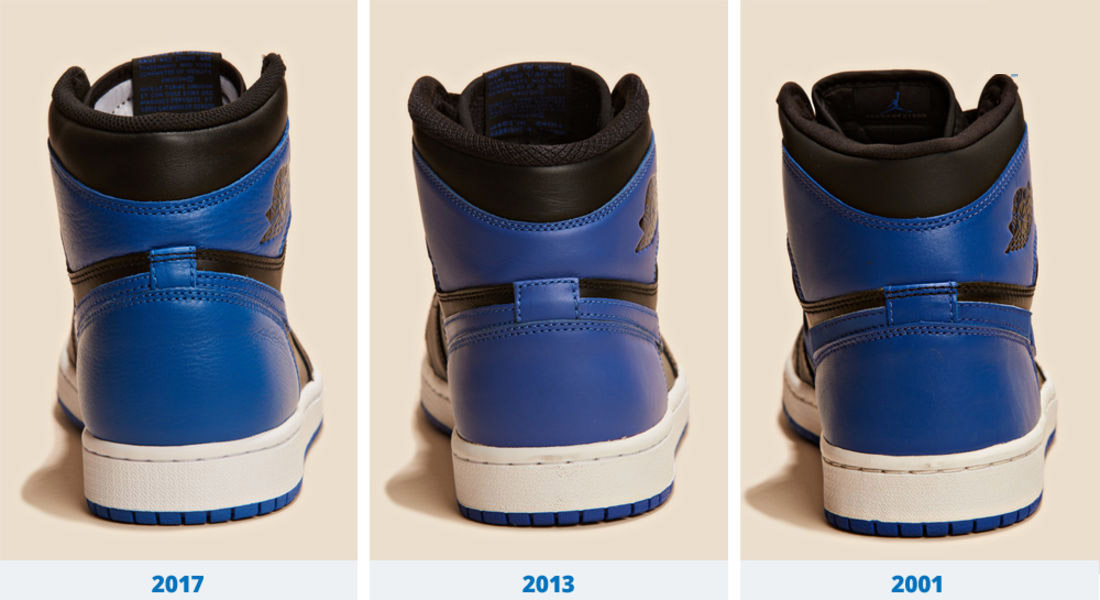The latest deconstruction by the good people over at FastPass comes right in time for the Stateside release of the Nike LeBron Soldier 12.
How much has changed as far as tech from the Soldier 11 over to the Soldier 12? Truthfully, not a lot, but enough for us to examine now, then have our WearTesters take the opportunity to see how those changes translate to performance.
Starting with a butterfly cut of the newest Soldier model, we see the expected one-piece bootie construction backed with a neoprene lining to provide comfort on contact around the foot. Bottom-loaded heel and forefoot Zoom Air units are back and inside a foam carrier that is slightly curved at the midfoot, providing less foam near the arch. There is also some subtle padding around the Achilles area and what looks to be an internal heel counter.
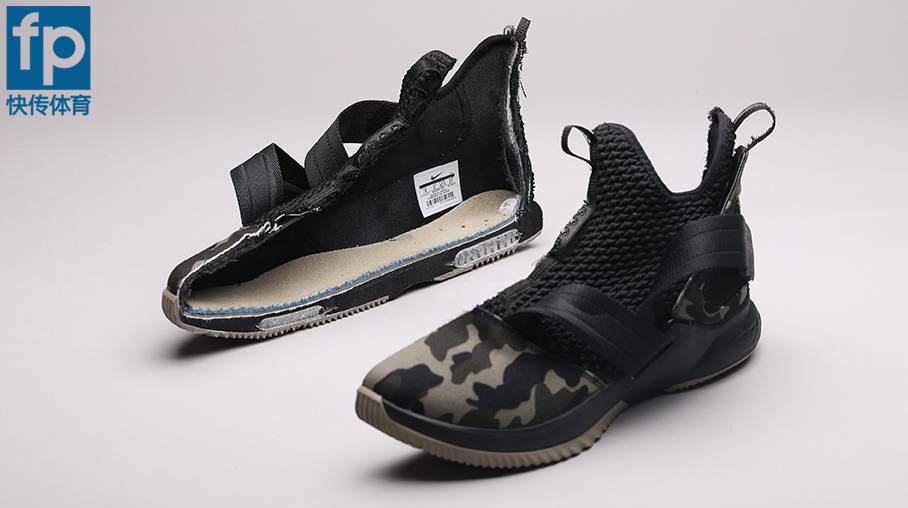
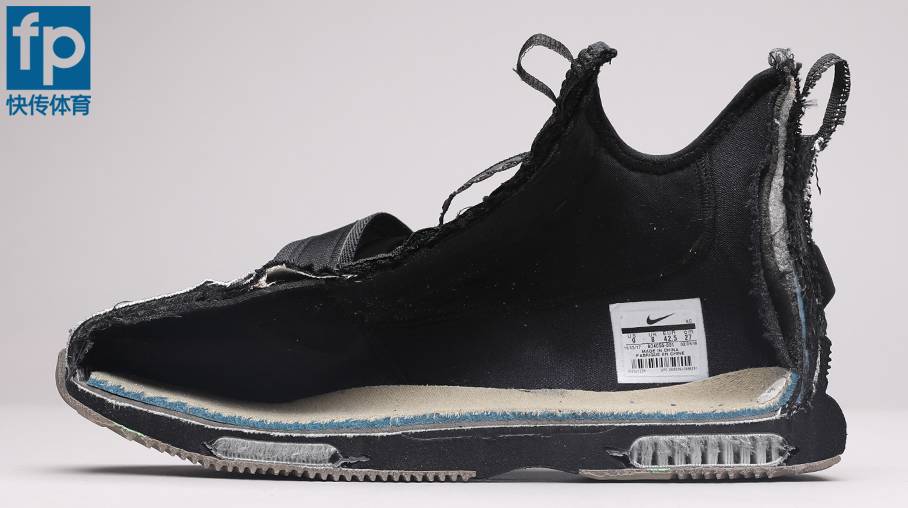
Going over to the cross-cut of the Nike LeBron Soldier 12, we get a different look at the inner-bootie construction, similar to that of last year’s LeBron Soldier 11. From what we can tell, the strap loop is connected directly to the footbed on the lateral side of the sneaker, while medial side only seems to be connected to the upper. It is hard to tell on the medial side given the angles presented, but if that is the case it still makes sense as that side will not require as much support as the lateral side will.
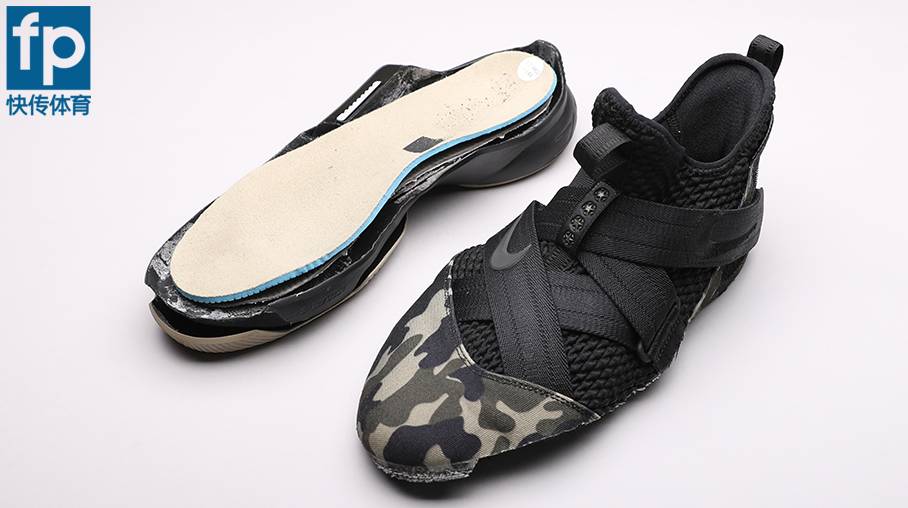
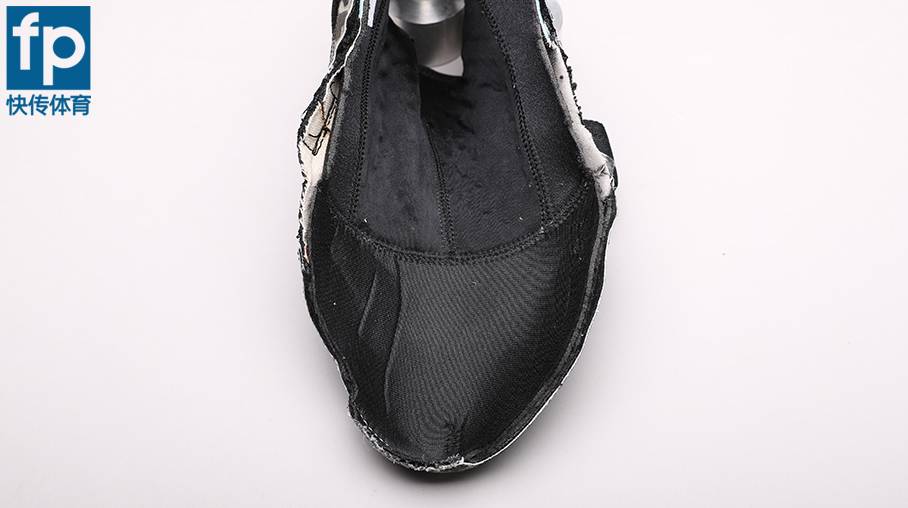
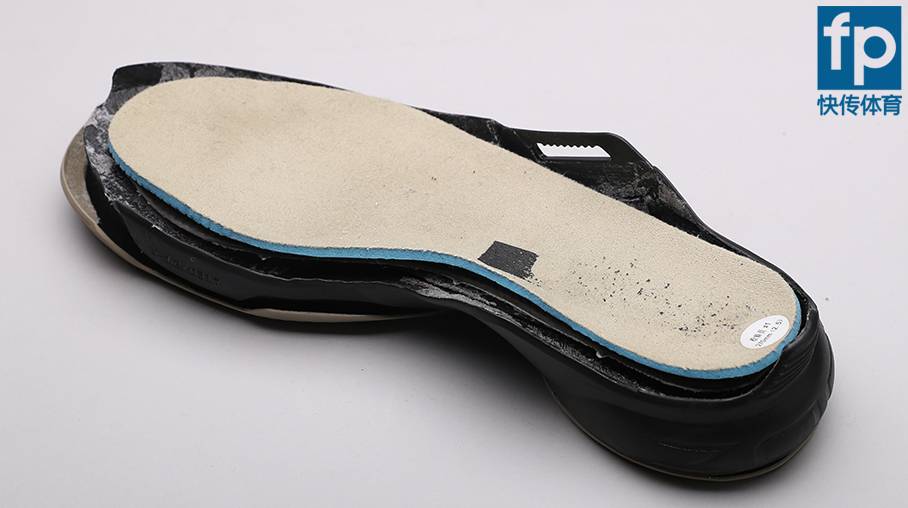
The midsole features foam underneath a TPU plate that covers more space than last year’s model. Nike likely went with the larger volume to balance out support where the foam was slightly reduced in the arch.
The forefoot and heel Zoom units come in at a thickness of around 10mm and 13mm, respectively, which is to be expected for a model of this type.
Not pictured is the outsole traction, which is listed as XDR (Extra Durable Rubber). The XDR tag has shown up on the Soldier 12 in a lot of leaks and overseas releases, yet it is unclear if all colorways of the Soldier 12 will be outdoor-ready or just a few.
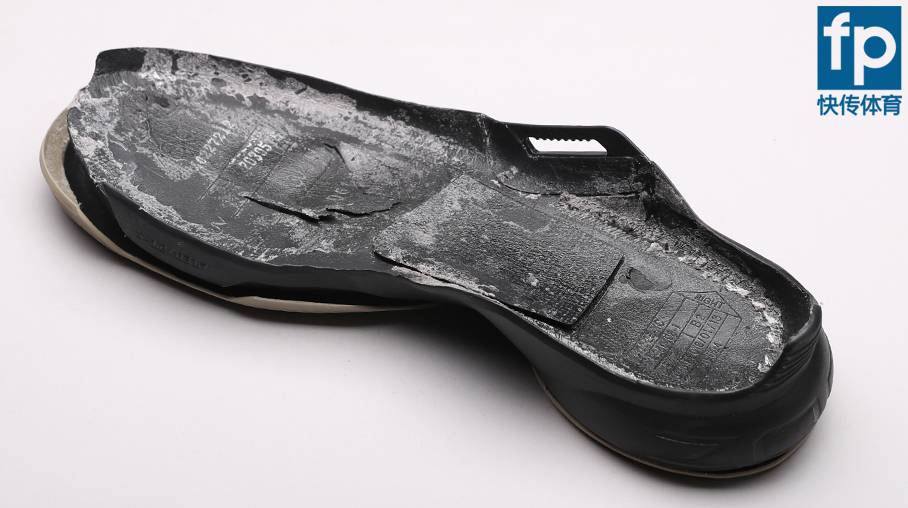
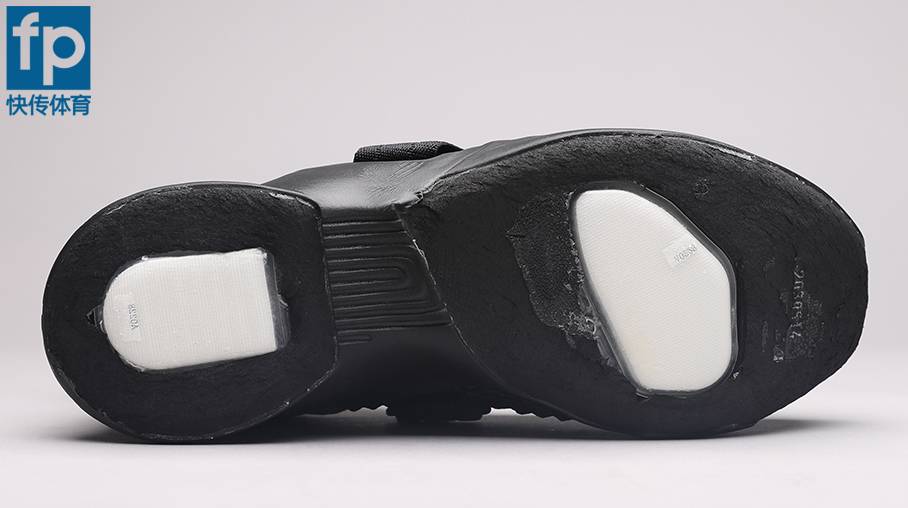
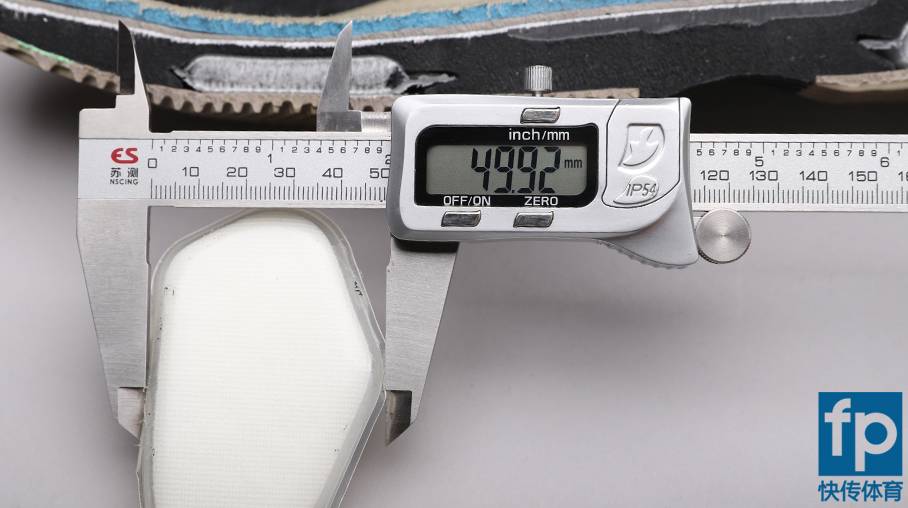
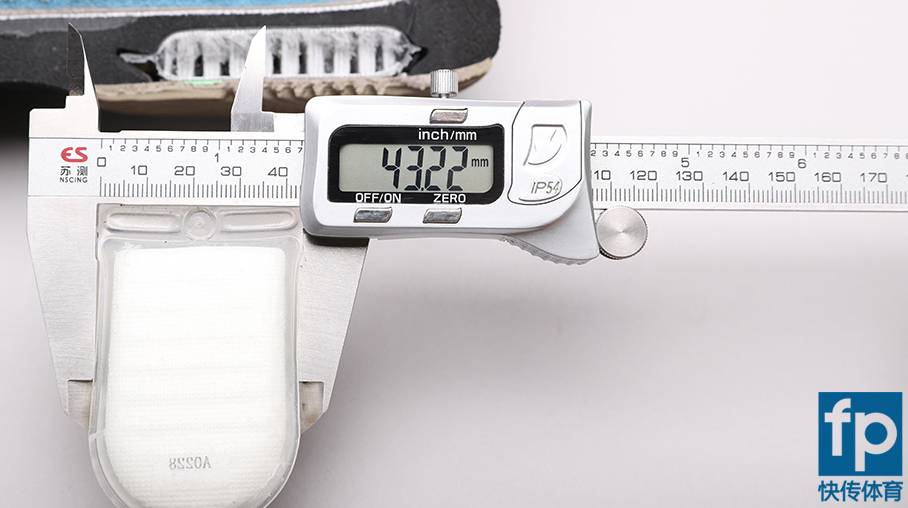
Last up is a comparison of the Nike LeBron Soldier 11 alongside the Nike Lebron Soldier 12, both of which retail for $130 in standard builds.
The Nike LeBron Soldier 12 is now available in the above Black/Hazel Rush colorway at hoopjordan.net for $130. Stay tuned for an upcoming performance review from our website.
How much has changed as far as tech from the Soldier 11 over to the Soldier 12? Truthfully, not a lot, but enough for us to examine now, then have our WearTesters take the opportunity to see how those changes translate to performance.
Starting with a butterfly cut of the newest Soldier model, we see the expected one-piece bootie construction backed with a neoprene lining to provide comfort on contact around the foot. Bottom-loaded heel and forefoot Zoom Air units are back and inside a foam carrier that is slightly curved at the midfoot, providing less foam near the arch. There is also some subtle padding around the Achilles area and what looks to be an internal heel counter.


Going over to the cross-cut of the Nike LeBron Soldier 12, we get a different look at the inner-bootie construction, similar to that of last year’s LeBron Soldier 11. From what we can tell, the strap loop is connected directly to the footbed on the lateral side of the sneaker, while medial side only seems to be connected to the upper. It is hard to tell on the medial side given the angles presented, but if that is the case it still makes sense as that side will not require as much support as the lateral side will.



The midsole features foam underneath a TPU plate that covers more space than last year’s model. Nike likely went with the larger volume to balance out support where the foam was slightly reduced in the arch.
The forefoot and heel Zoom units come in at a thickness of around 10mm and 13mm, respectively, which is to be expected for a model of this type.
Not pictured is the outsole traction, which is listed as XDR (Extra Durable Rubber). The XDR tag has shown up on the Soldier 12 in a lot of leaks and overseas releases, yet it is unclear if all colorways of the Soldier 12 will be outdoor-ready or just a few.




Last up is a comparison of the Nike LeBron Soldier 11 alongside the Nike Lebron Soldier 12, both of which retail for $130 in standard builds.
The Nike LeBron Soldier 12 is now available in the above Black/Hazel Rush colorway at hoopjordan.net for $130. Stay tuned for an upcoming performance review from our website.



